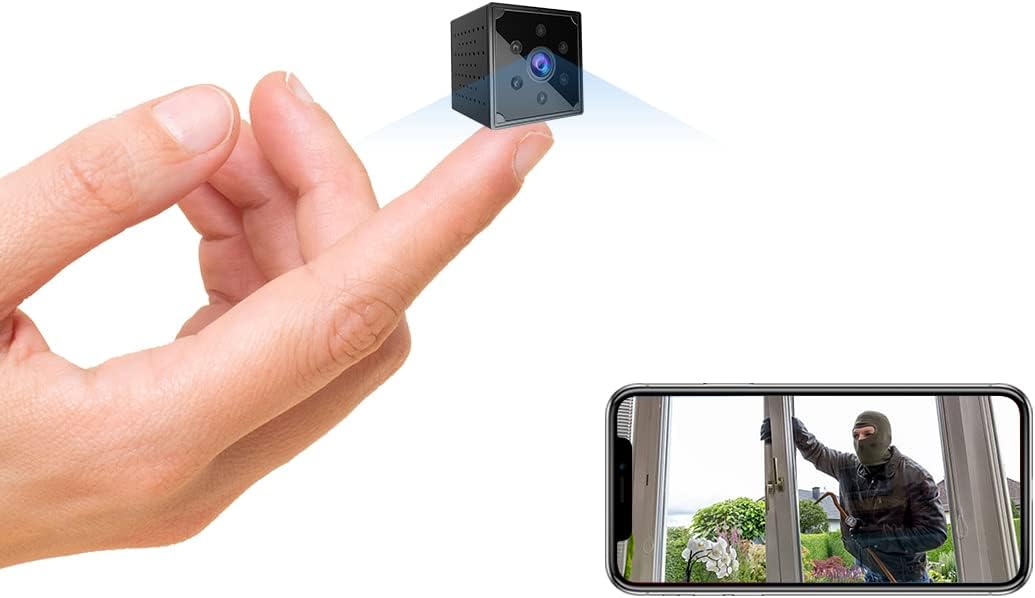In an age where privacy concerns are escalating, the thought of hidden spy cameras in personal spaces can be unsettling. Whether you’re staying in a rental property, a hotel, or concerned about your own home, knowing how to detect and deter these devices is crucial. This guide will provide practical steps to identify the presence of spy cameras and strategies to safeguard your privacy against unwanted surveillance.
Understanding Spy Camera Technology
Recognizing Common Types of Hidden Cameras
Spy cameras come in various forms and can be disguised as everyday objects such as smoke detectors, clocks, power outlets, or picture frames. Familiarizing yourself with the types of devices used for covert recording is the first step in detection. These cameras are usually small and placed in inconspicuous areas to avoid detection.
Knowledge of Camera Lenses and Signals
Understanding how these cameras function can aid in locating them. Most have lens that reflect light and may emit radio frequencies or operate over Wi-Fi. Knowing this, you can use light reflection or signal detection methods to find hidden cameras.
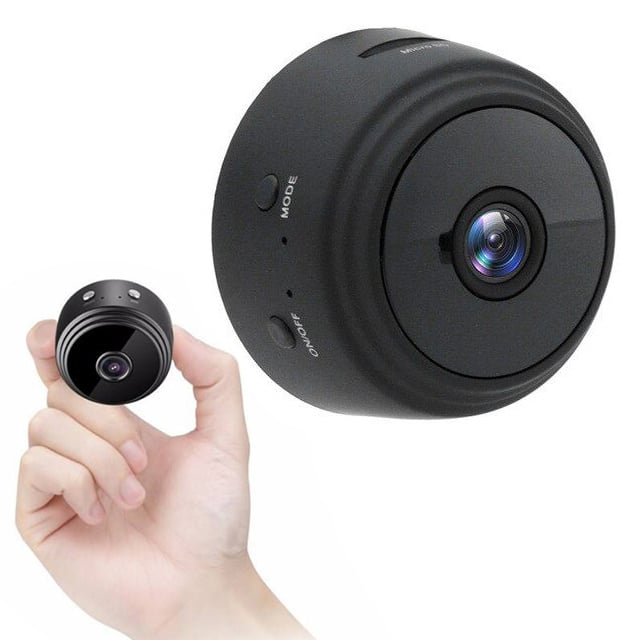
Methods for Detecting Hidden Cameras
Visual Inspection
Start with a thorough visual inspection of your surroundings. Look for unusual objects or devices out of place. Check for small, reflective surfaces as they could indicate a camera lens. Examine vents, holes, or any areas that give a clear view of the room. Devices that are plugged into an outlet for no clear reason should also raise suspicion.
Using Detection Tools
There are various gadgets available that can detect the radio frequency or lens of a spy camera. RF detectors can pick up wireless signals emitted by recording devices. Lens detection tools, or camera finders, use a flashing light to catch the reflection from a camera lens. Some smartphone apps also claim to detect cameras, but their effectiveness can vary and should be used with caution.
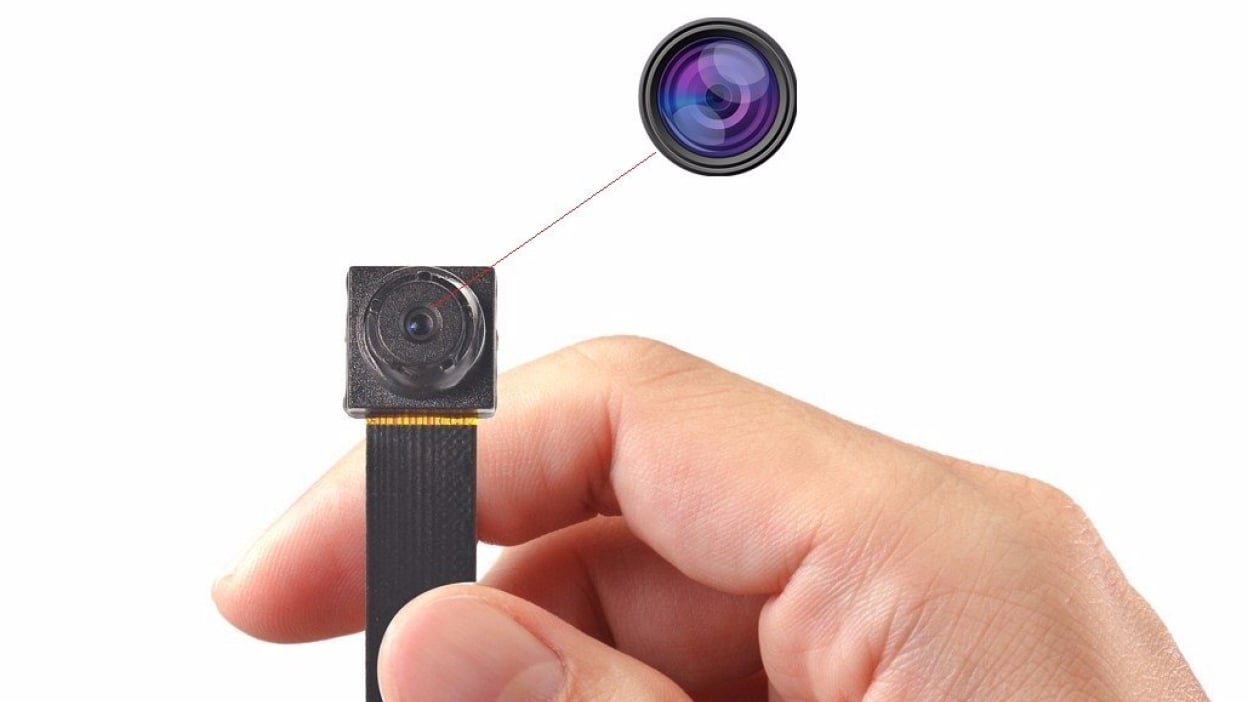
Proactive Measures to Ensure Privacy
Secure Your Wi-Fi Network
Many modern spy cameras connect to Wi-Fi to stream footage. Securing your home network with strong, unique passwords and encryption can prevent unauthorized devices from connecting. Regularly monitor devices on your network and use network scanning apps to identify any unfamiliar connections.
Consider Physical Obstructions
If you’re staying somewhere temporarily, like a hotel or rental, and you have identified spots that could potentially hide a camera but can’t confirm if they are there, consider using physical obstructions. Place a piece of tape or clothing over suspected devices. Position items in the room to block lines of sight to sensitive areas like beds or bathrooms.
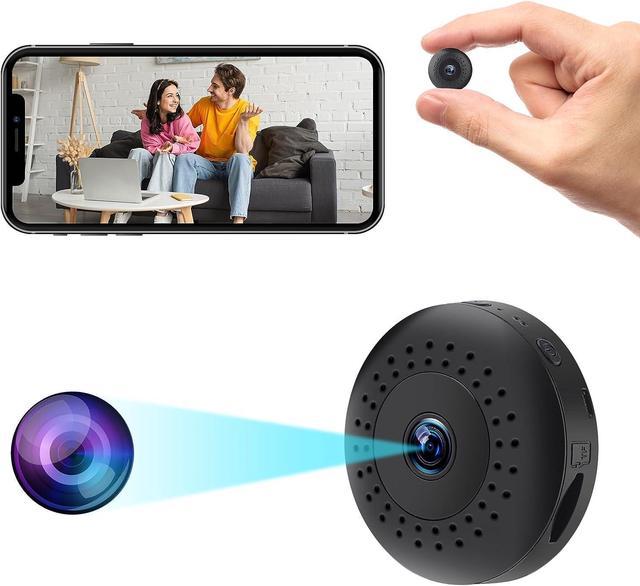
Legal Considerations and Reporting
Understanding the Legalities
Familiarize yourself with the local laws regarding surveillance and privacy. In many regions, it’s illegal to record someone in private spaces without consent. Knowing your rights can assist you in taking the appropriate legal actions if you discover a spy camera in your private space.
Reporting Unlawful Surveillance
If you find an unauthorized recording device in a private setting, it’s crucial to report it to the authorities promptly. Avoid handling the device to preserve any potential evidence. If you’re in a rental property or hotel, also report the incident to the management. Document everything with photos and notes as they may be of use in a legal situation.

Enhancing Your Awareness in Unfamiliar Environments
Conducting a Pre-Stay Sweep
When you check into a hotel room or rental property, make it a habit to perform a quick sweep for potential hidden cameras. Examine common hiding places such as alarm clocks, smoke detectors, and decorative items. Explore areas with a direct line of sight to high-privacy zones like the bed and bathroom. This preemptive action can provide peace of mind during your stay.
Utilizing Common Technology
Your smartphone can be a handy tool in detecting spy cameras. Its flashlight can help spot suspicious lens reflections, while certain mobile apps are designed to identify the unique frequencies these cameras emit. Furthermore, making a call while walking around the area might help detect interference caused by a camera’s signal, as it could disrupt your call’s quality.
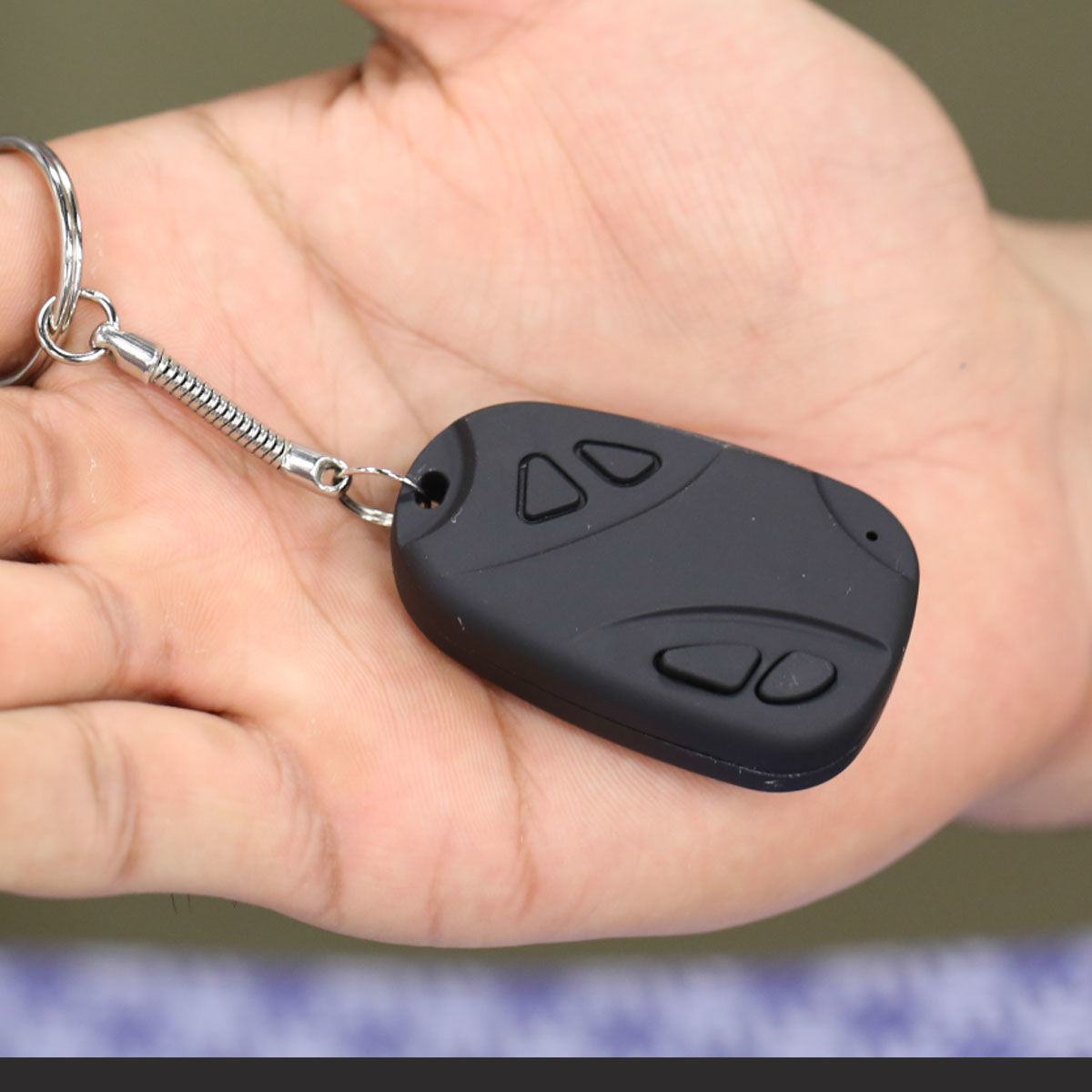
Implementing Preventative Strategies at Home
Routine Checks and Maintenance
On a regular basis, examine and clean your living spaces. This practice not only maintains your home but also increases the chance of spotting any unusual changes or additions that could hide a spy camera. Pay attention to new items or disturbances in your usual setup—something as simple as a shifted picture frame could be cause for a closer look.
Investing in Privacy Technology
To further safeguard against surveillance, consider investing in privacy-centric technology. Devices like camera jammers, while they must be used in compliance with the law, can block recording devices from capturing video or audio. Regularly updated anti-spyware software on your computer and smart devices can also protect against digital eavesdropping.
Educating Family and Friends on Privacy Protection
Sharing Detection Techniques
Sharing knowledge with your family and friends about detecting spy cameras fosters a collective awareness about privacy. Teach them the basic visual inspection techniques and how to use technology to find hidden cameras. You can even simulate a detection test to give them practical experience.
Promoting Best Practices Beyond Home
In an interconnected world, privacy protection extends beyond your own home. Encourage others to be vigilant about their surroundings in places like changing rooms, Airbnbs, or public restrooms. Empower them with the knowledge of their legal rights and resources to report privacy breaches effectively.
Continuous Learning and Adaptation to New Threats
Staying Informed About New Surveillance Technology
Surveillance technology evolves continuously; as a result, new forms of hidden cameras regularly emerge on the market. Keep yourself updated on the latest developments in covert surveillance gear so that you are better prepared to spot them. Subscribe to security blogs, join forums, or attend local workshops on privacy protection to sharpen your detection skills.
Adapting Your Detection Methods
As new spy camera models with more advanced hiding techniques become available, you must adapt your detection methods accordingly. This might include updating the privacy tools you use, learning new software to enhance digital security, or modifying your home environment to be less conducive to hidden surveillance. Regularly revisiting and adjusting your privacy strategies ensures you stay one step ahead of potential intruders.
In conclusion, the threat of covert surveillance is real, but by staying informed and vigilant, you can protect your privacy and take action to detect and deter spy cameras. Understanding common types of hidden cameras and their operation will prepare you to inspect your surroundings critically. Using detection tools can further help in confirming their presence. Taking proactive measures, such as securing your Wi-Fi network and using physical obstructions, can add levels of security. Lastly, always be aware of the laws surrounding surveillance to ensure your actions are within legal boundaries and know how to proceed if you need to report a violation of privacy. Your privacy is paramount, and taking these steps can help you maintain it.
